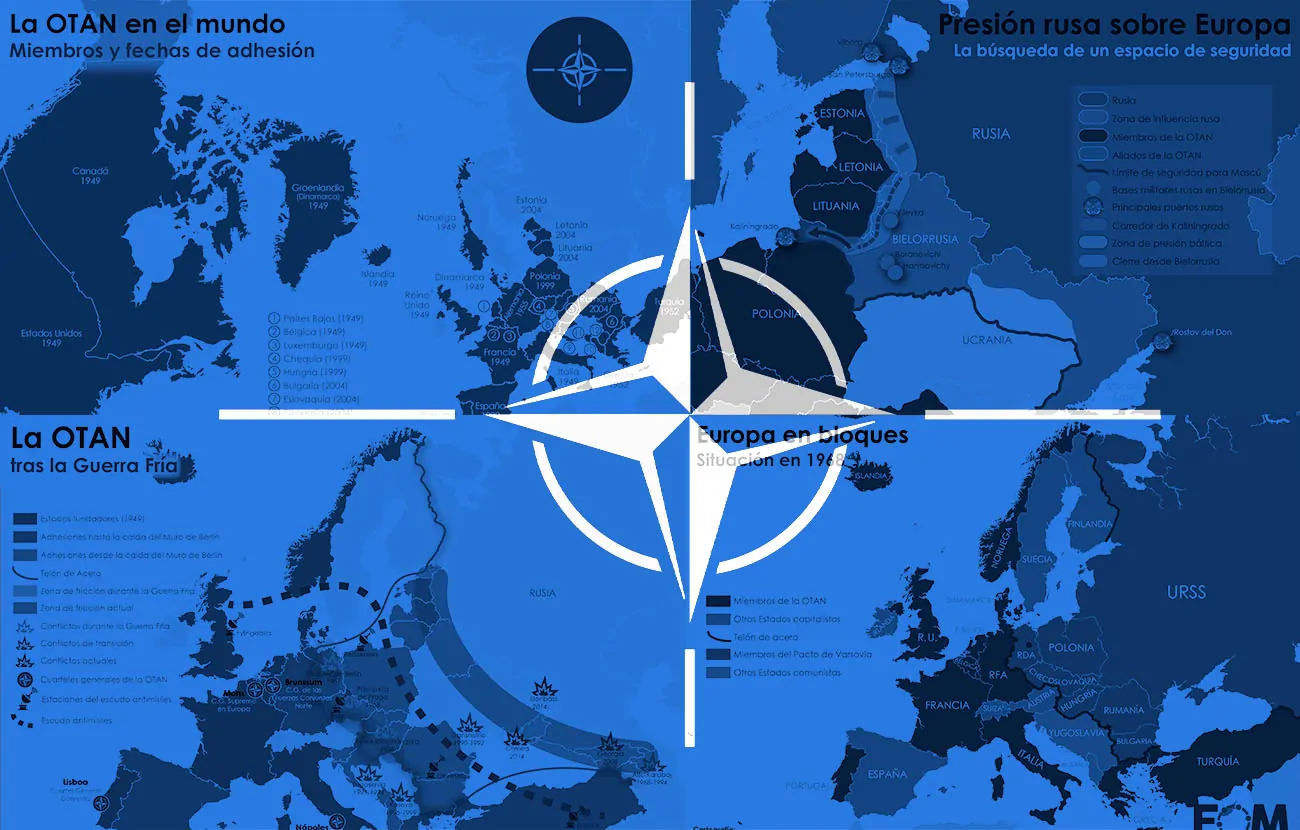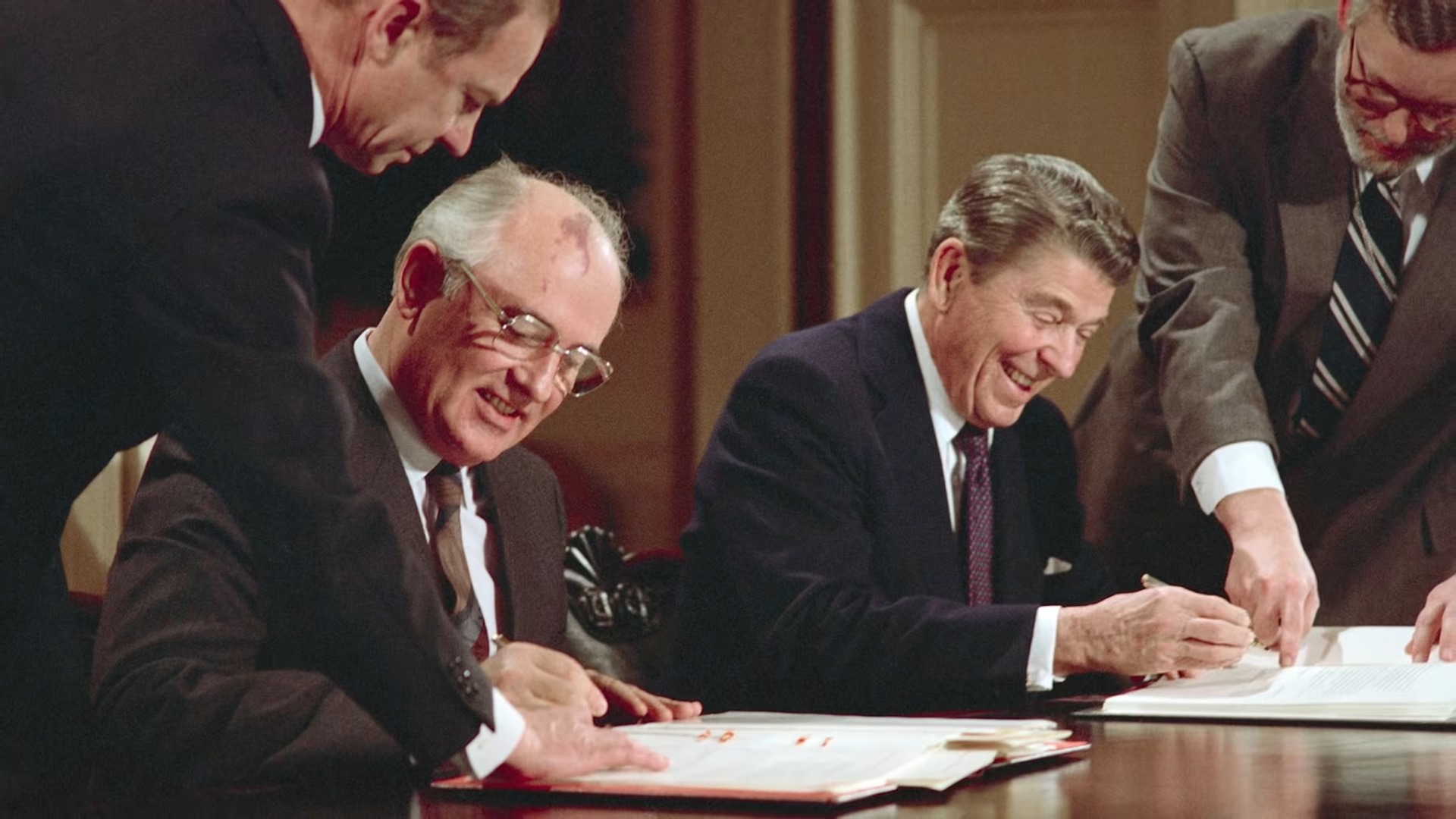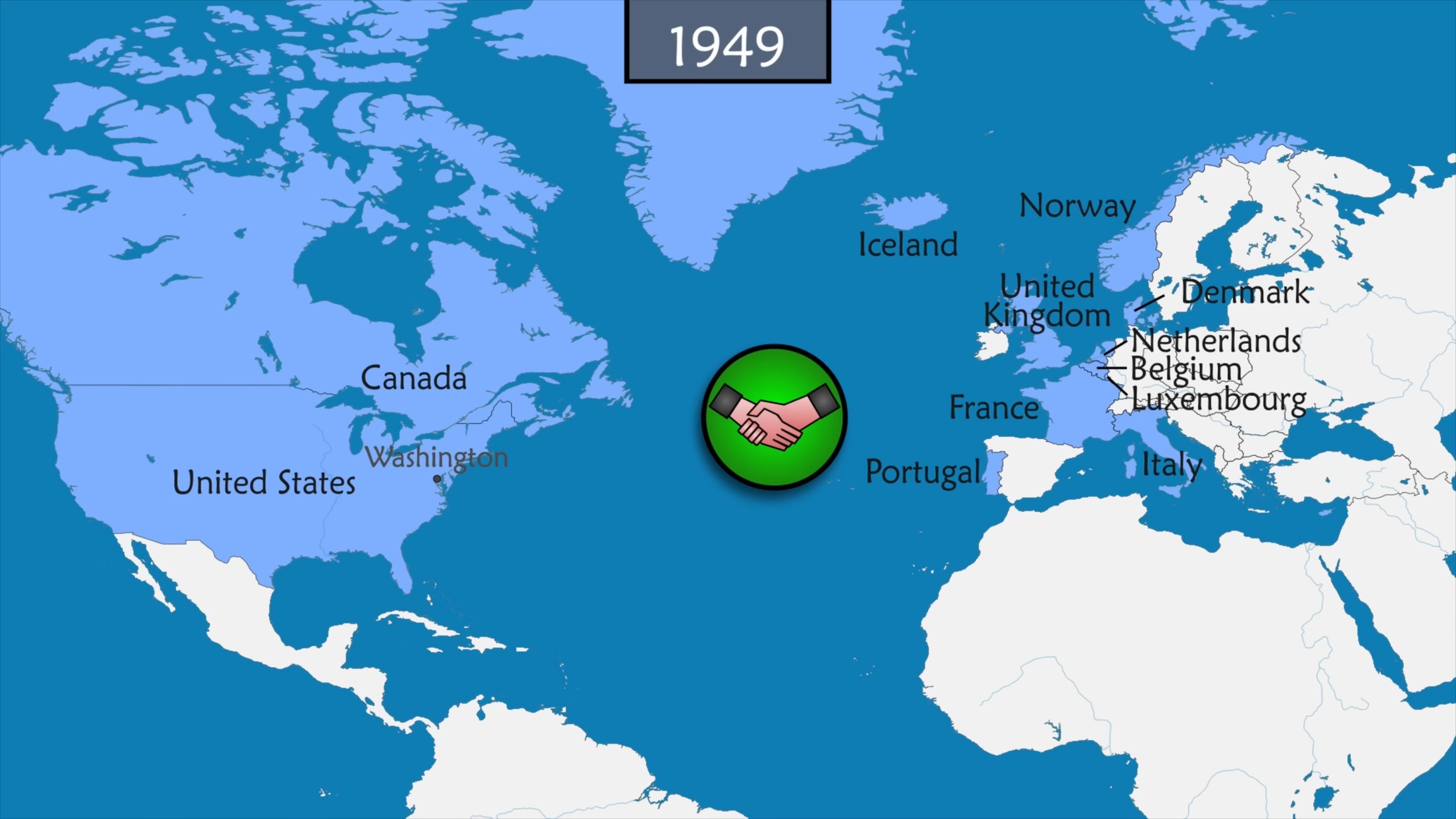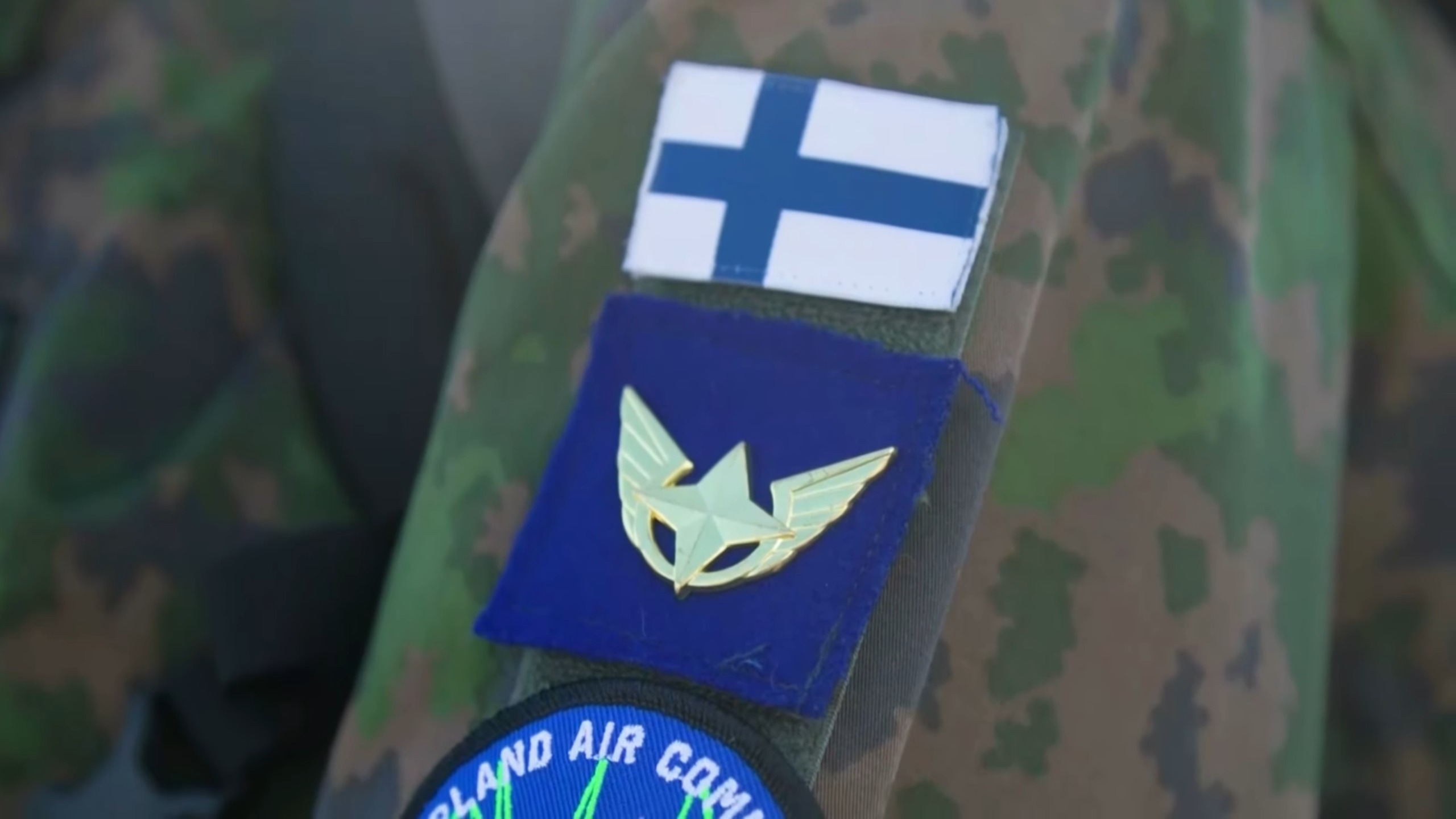NATO, or the North Atlantic Treaty Organization, stands as a beacon of collective defense and cooperation among its member states. Established in 1949, this intergovernmental military alliance has grown in both size and significance. As of 2024, NATO boasts 31 member countries, each contributing to the alliance’s overarching goal of ensuring peace and security in the North Atlantic region.
Historical Context of NATO
Origins and Evolution
According to the NATO official website, the North Atlantic Treaty Organization was conceived in the aftermath of World War II, when European nations sought protection against the looming threat of Soviet expansion. With the signing of the Washington Treaty in 1949, NATO was born, serving as a mutual defense pact against aggression. Over the years, the alliance has expanded its membership and adapted to address a myriad of global challenges.
The Cold War Era
During the Cold War, was primarily seen as a counterbalance to the Warsaw Pact, led by the Soviet Union. The alliance’s primary objective was to deter Soviet aggression in Europe. However, with the dissolution of the Soviet Union in 1991, NATO began to redefine its purpose and expand its reach.
Post-Cold War Expansion
The post-Cold War era saw several Eastern European nations, once part of the Warsaw Pact, expressing interest in joining NATO.
Recognizing the strategic importance of these nations and the shared values of democracy and freedom, NATO welcomed them into the fold. This expansion not only strengthened the alliance but also played a crucial role in shaping the geopolitical dynamics of Europe.
Members 2024: A Closer Look
Founding Members
As I Read on DW.com foundation of NATO was laid by 12 visionary countries that recognized the importance of collective defense in a rapidly changing world. These founding members are:
- Belgium – Brussels: Known for its rich history and as the de facto capital of the European Union.
- Canada – Ottawa: A vast nation with a commitment to peacekeeping and international cooperation.
- Denmark – Copenhagen: A Nordic country with a rich maritime tradition and commitment to global peace.
- France – Paris: A global powerhouse with a long history of leadership in international affairs.
- Iceland – Reykjavík: Despite having no standing army, Iceland’s strategic location makes it invaluable.
- Italy – Rome: With its Mediterranean location, Italy has been a key player in NATO’s southern strategy.
- Luxembourg – Luxembourg (Letzeburg city): One of the smallest members but a firm believer in the alliance’s principles.
- The Netherlands – Amsterdam: A nation known for its commitment to international law and diplomacy.
- Norway – Oslo: Its Arctic location gives it a unique strategic importance within.
- Portugal – Lisbon: A maritime nation with historical ties to various parts of the world.
- The United Kingdom – London: A major global power with a long history of international leadership.
- The United States – Washington, D.C.: The driving force behind NATO’s formation and its largest contributor.
Recent Additions
According to Atalntic Council several countries have joined over the years, strengthening the alliance’s reach and capabilities. Some of the notable additions in recent years include:
- Finland – Helsinki: The latest member, joining in 2024, Finland’s addition marks a significant shift in the security dynamics of Northern Europe. As JSTOR says, Finland’s decision to join was influenced by its proximity to Russia and the changing geopolitical landscape of the Arctic region.
| Member Country | Capital City |
|---|---|
| Belgium | Brussels |
| Canada | Ottawa |
| Denmark | Copenhagen |
| France | Paris |
| Iceland | Reykjavík |
| Italy | Rome |
| Luxembourg | Luxembourg (Letzeburg city) |
| The Netherlands | Amsterdam |
| Norway | Oslo |
| Portugal | Lisbon |
| The United Kingdom | London |
| The United States | Washington, D.C. |
| Greece (1952) | Athens |
| Türkiye (1952) | Ankara |
| Germany (1955) | Berlin |
| Spain (1982) | Madrid |
| Czechia (1999) | Prague |
| Hungary (1999) | Budapest |
| Poland (1999) | Warsaw |
| Bulgaria (2004) | Sofia |
| Estonia (2004) | Tallinn |
| Latvia (2004) | Riga |
| Lithuania (2004) | Vilnius |
| Romania (2004) | Bucharest |
| Slovakia (2004) | Bratislava |
| Slovenia (2004) | Ljubljana |
| Albania (2009) | Tirana |
| Croatia (2009) | Zagreb |
| Montenegro (2017) | Podgorica |
| North Macedonia (2020) | Skopje |
| Finland (2024) | Helsinki |
Core Objectives
Political Goals
Political objectives extend beyond mere military cooperation. The alliance seeks to promote democratic values, foster trust among member states, and facilitate peaceful conflict resolution. By providing a platform for dialogue, NATO plays a pivotal role in shaping international relations.
Military Commitment
While NATO emphasizes diplomatic solutions, it possesses formidable military capabilities to address threats. The alliance’s commitment to collective defense, enshrined in Article 5 of the Washington Treaty, ensures that an attack on one member is considered an attack on all. This principle was invoked post the 9/11 attacks, showcasing NATO’s adaptability to contemporary threats.
Collective Defence
NATO is dedicated to the idea that an attack on one or more of its members constitutes an attack on all of them. This is the collective defence principle, which is outlined in Washington Treaty Article 5 of the agreement. In reaction to the 9/11 terrorist attacks in the United States in 2001, Article 5 has only been used once so far.
Transatlantic Link
North American and European countries are members. It creates a special connection between these two continents, allowing them to consult, work together on security and defence issues, and coordinate international crisis management activities.
Expanding Horizons
Engagement Beyond Europe and North America
While NATO’s primary focus has been on the North Atlantic region, the alliance has increasingly engaged in global partnerships. As I read on Brookings.edu, NATO’s partnerships extend to countries in the Middle East, Asia, and even the Pacific, reflecting the alliance’s recognition of interconnected global challenges.
NATO and Cybersecurity
In the digital age, cybersecurity has emerged as a paramount concern. NATO has been proactive in adapting to this new frontier of defense. The alliance has bolstered its cyber defense capabilities, conducted joint exercises, and even defined cyber attacks as a potential trigger for Article 5 collective defense.
Global Peacekeeping
Role in Conflict Zones
Involvement isn’t limited to the defense of its member states. The alliance has played a significant role in peacekeeping missions across the world. From the Balkans to Afghanistan, their presence has been instrumental in conflict resolution and post-conflict reconstruction. According to Council Of Foreign Affairs, NATO’s mission in Afghanistan, though fraught with challenges, showcased the alliance’s commitment to global peace and stability.
Humanitarian Missions
Beyond military engagements, NATO has been involved in various humanitarian missions. Whether it’s responding to natural disasters or aiding in refugee crises, the alliance’s resources and organizational capabilities have been invaluable.
Relationship with Non-Member States
Building Bridges Beyond Borders
While core strength lies in its member states, the alliance has consistently reached out to non-member countries, fostering partnerships and collaborations. These partnerships are pivotal in creating a cohesive global strategy to address shared challenges and threats.
Major Non-NATO Allies
Certain nations, while not part of NATO, hold a special designation known as “Major Non-NATO Allies” (MNNA). This status, as highlighted by the U.S. Department of State, offers numerous benefits, including priority delivery of defense materials and participation in defense research. Countries like Japan, Australia, and Israel enjoy this status, reflecting their strategic importance to objectives.
Role in Science and Technology
Harnessing Innovation for Defense
In an era of rapid technological advancements, NATO has recognized the importance of staying at the forefront of innovation. According to NATO’s Science & Technology Organization, the alliance invests in research, encourages collaboration among member states, and seeks to integrate cutting-edge technologies into its defense strategies.
Cybersecurity and Artificial Intelligence
Two domains that have seen significant focus from NATO are cybersecurity and artificial intelligence (AI). With cyber threats becoming increasingly sophisticated, commitment to bolstering its cyber defenses is paramount. Furthermore, the potential applications of AI in defense are vast, ranging from intelligence analysis to autonomous systems. Their engagement with AI underscores its vision for a technologically advanced defense mechanism.
The Road Ahead
Strengthening the Alliance
For NATO to remain effective, it’s imperative that the bond between its member states remains strong. This involves not just military cooperation but also diplomatic dialogues, economic partnerships, and cultural exchanges. A
ccording to Johns Hopkins, fostering unity among member states, especially in a time of rising nationalism and differing priorities, will be crucial for NATO’s continued success.
Frequently Asked Questions (FAQ)
What is the financial contribution of each NATO member?
Member countries contribute to NATO’s budget based on an agreed-upon formula based on their Gross National Income. The U.S. is the largest contributor, followed by European member states.
How does NATO handle disagreements among member states?
NATO operates on a consensus-based decision-making process. Disagreements are addressed through dialogue and diplomatic channels to reach a consensus.
Does NATO have a formal relationship with the United Nations?
Yes, NATO and the UN have a formal relationship and often collaborate on peacekeeping missions and global security issues.
How does NATO view its relationship with China?
While China is not a direct adversary, NATO is attentive to China’s growing influence and its implications for global security.
Can a NATO member be expelled from the alliance?
There’s no formal mechanism for expelling a member. However, the alliance is built on mutual trust and shared values. Any breach could lead to discussions about a member’s continued participation.
What is NATO’s stance on nuclear disarmament?
NATO supports the goal of nuclear disarmament but believes it must be done in a way that maintains global stability and security.
How does NATO’s partnership program work?
NATO’s partnership programs aim to build cooperative relationships with non-member countries. These partnerships focus on areas like defense reform, crisis management, and regional security.
Conclusion
As we look towards the future, NATO’s role in global affairs remains as vital as ever. The alliance, born out of the ashes of World War II, has proven its resilience and adaptability time and again. With challenges aplenty but armed with a collective spirit and a commitment to peace, NATO is set to remain a beacon of hope and stability in an ever-changing world.




















